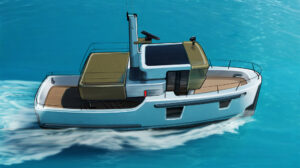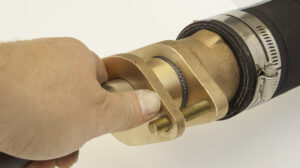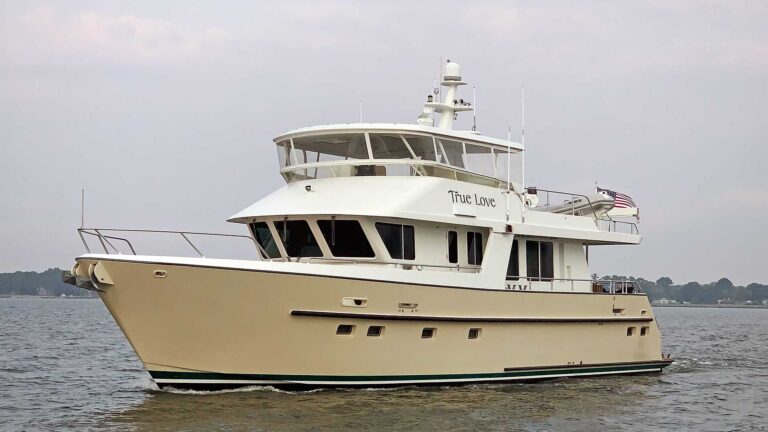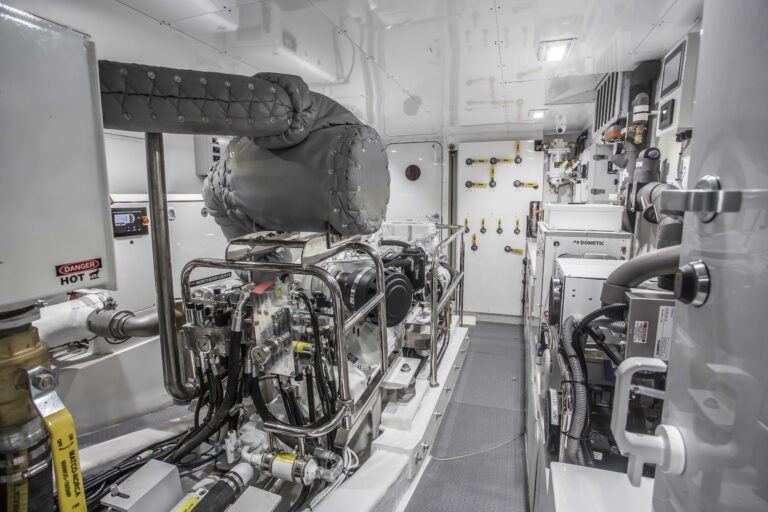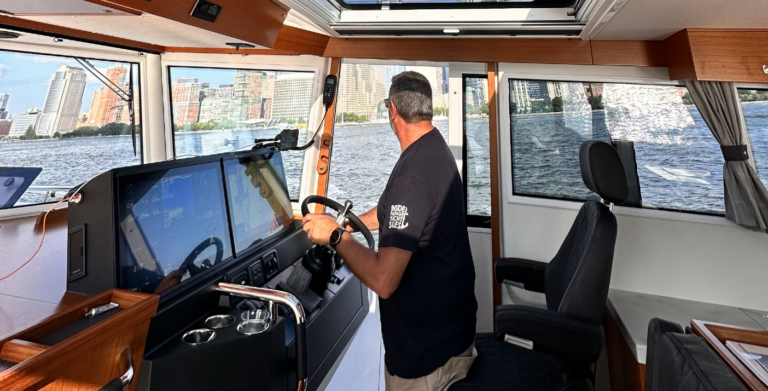Theres no way around the fact that the more you cruise, the more time you put on your engine. Look at boat listings and youll find 25-year-old trawlers with less than 1,500 engine hours and others with upwards of 6,000 hours. The low-hour boats are used for short, local cruises and rack up less than 100 hours a year; others are long-distance cruisers that are always under way.
Our trawler, High Life, fits into the latter group. As a 1984 Grand Banks 36, shes equipped with a single Lehman Ford engine that hasnt missed a beat in well over 15,000 miles of coastal cruising. Thats just in the last nine years since weve owned her; she was well used and cared for before we bought her. The message here is that if you maintain your engine, it will repay you with years of reliable service.
I feel that the more I know about my engine and how it works, the better equipped I am to maintain it and have a fighting chance to solve problems, should they occur. My wife calls it bonding with the engine, and I guess it is.
HANDS ON
I know theres much more to keeping an engine running than changing the oil, so I attended Bob Smiths Diesel Workshop at PassageMaker University last year in Solomons. Bob was the developer of the Lehman Ford diesel engine and runs American Diesel, the company that produces a replacement engine and a complete stock of parts.
Bobs workshop is a two-day affair with plenty of hands-on work on a Lehman Ford engine. It starts out with diesel theory, during which you learn exactly whats going on inside the engine. After years of changing the oil in the fuel injector pump on my 120 and wondering just what was happening in there, I now know.
We then got to work on the engine itself, the mission being to change the injectors, torque the head bolts, and adjust the valves. We also removed the fuel injector pump and replaced it, which meant checking the injector timing. Bobs class covers 90 percent of the maintenance a skipper would ever have to do to keep the engine going for thousands of hours. Anything more would be beyond the skills of most boat owners.
Even though most of us may not perform all of these tasks ourselves, I found that actually doing the jobs left me with a deeper understanding of whats involved so I can intelligently discuss the work with a mechanic.
During the hands-on periods of the workshop, the chatter between the attendees and Bob about how to do a particular task and why we were doing it was invaluable. Since we all had similar engines, although not all Lehmans, Bobs wisdom was applicable to everyone. One discussion raised the topic of engine hours and longevity, since one member was shopping for a trawler. Most of us had engines in the 2,000- to 4,000-hour range, with mine at the high end pushing 10,000. Bob said he has commercial customers that easily put 15,000 hours or more on their engines without needing a major overhaul.
A RECIPE FOR LONG LIFE
While it seems obvious, using top-quality oil and changing it at regularly scheduled intervals is probably the single most important factor in engine life. Maintaining proper valve clearance and head-bolt torque and servicing the injectorsall things that contribute to engine longevityalso were discussed.
The main event of the second day was putting the engine back together and taking it outside. After connecting the engine to a supply of cooling water and fuel, it started right up. There was no muffler, so we all stood around shouting happily at one another as a cloud of exhaust filled the air.
We all agreed the two days of intense diesel work had been well spent, and we left feeling much more confident about our diesel savvy and maintaining our engines.
SIDEBAR
PUTTING WHAT I LEARNED TO GOOD USE
Over the winter, I took out my engines owners manual and reviewed the maintenance procedures. Then I looked at our maintenance log and went through it, noting major maintenance projects and their intervals.
When we bought our boat, the engine had 4,000 hours on it. To head off any potential problems, I replaced the heat exchanger, oil and transmission coolers, and all the rubber hoses and clamps, not knowing if they were the original parts. Later I replaced the circulating pump on the engine when it began to leak a bitnot a failure, but a sure sign of one to come.
Over the years, general maintenance has kept our diesel running nicely. The raw-water pump was rebuilt because the cover plate showed extensive wear. The injectors were serviced, with the head bolts torqued and valves adjusted. When it became difficult to keep the engine in alignment and the transmission developed a small leak, it was pulled and serviced, and new engine mounts were installed. Years later, when the engine began to lose rpm when pushed past our normal 1800-rpm cruise speed, I assumed a clogged filter was to blame. But it turned out to be a failing fuel-lift pump that couldnt provide the extra fuel flow needed at higher rpm. I had a spare, so a quick swap solved that problem. (Obviously, the pump should have been replaced before then.)
Last fall I noticed some rust under the exhaust elbow. Since our 120 has a cast-iron elbow that deteriorates from the inside out, I replaced it, as well as the top section of rubber exhaust hose. We feel that our engine is more reliable today than when we bought our boat. With continued care, it could outlast us.





